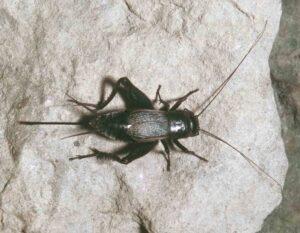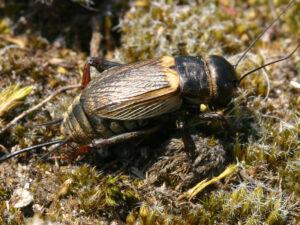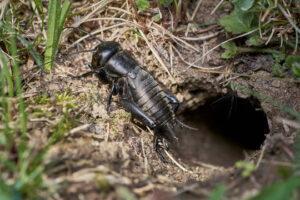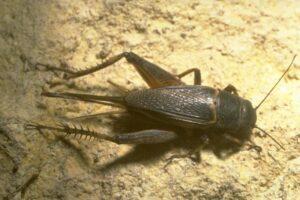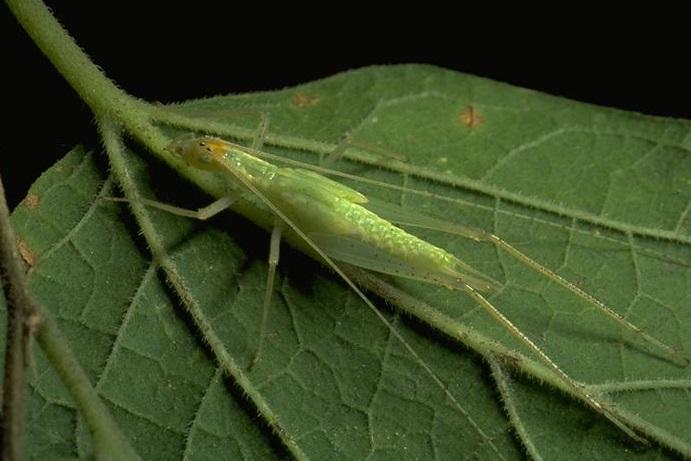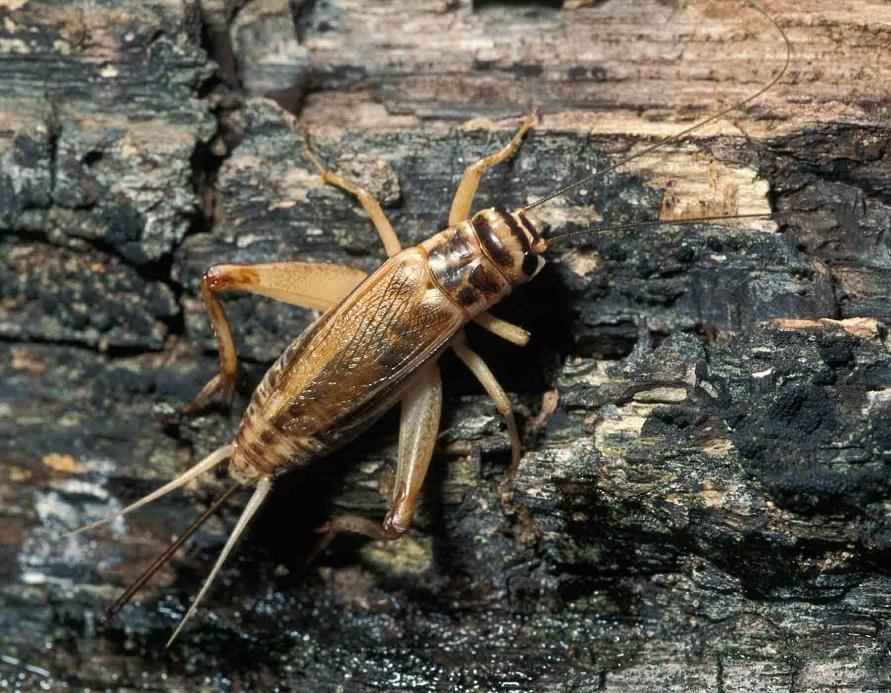Field Cricket (Gryllinae campestris)
Updated on
17/11/2022The field cricket or European field cricket of the Gryllidae family is native to the British Isles. It is endangered in the British Isles and found only in Southern England.
Scientific Classification
- Class:Insecta
- Order:Orthoptera
- Family:Gryllidae
- Genus:Gryllus
- Species:G. campestris
Conservation Status
Description
The field crickets have dark brown or black bodies. The males, with a length of around 19 – 23 mm, are bigger than the females, which can measure from 17-22 mm.
Distribution: The British Isles.
Habitat: Dry grasslands; confined to oligotrophic grasslands, and heathlands in its northern range.
Do they bite: Rarely
Lifespan: 6-8 weeks
Predator: Snakes, toads, bats, rats, small birds, mice
Behavior and Characteristics
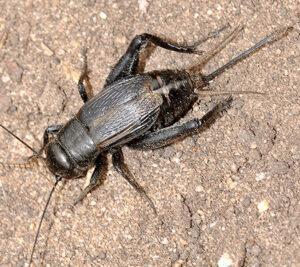
Flight
They cannot fly and cannot travel up to a long distance.
Feeding
They are omnivorous and feed on plants, fruits, seeds, and insects along with their eggs, larvae, plant matter, and animal remains.
Song
The male crickets sing by rubbing the scraper or the sharp edge of its lower wings against the upper wing to attract females during the mating season. They mostly sing during the day and the first half of the night at temperatures above 13 °C.
Mating
The males build burrows, the entrance of which has a platform from where they sing to find mates. The female crickets don’t have a definite home and wander about. They come near the burrow upon being attracted by the male’s song. The latter are territorial and guard their homes fiercely.
Life Cycle
1. Egg Stage
The females lay their eggs in the sand or moist soil near or inside the burrows.
2. Nymph Stage
The nymphs take around 25 days to come out of the eggs and hatch between June and July. They go into hibernation when they reach the 10th or 11th instar. They molt for the last time before maturing into adulthood from April end to early May. The nymphs are look-alike of adults but are smaller.
3. Adult Stage
The transition from the nymph to the adult stage takes around 12 weeks, depending on the temperature.
Population and Conservation
Its population is declining in Northern and Central Europe in countries like Germany, Belgium, the Netherlands, the United Kingdom, Lithuania, and Luxembourg. The disappearance of heathlands was one of the reasons for their decline of the population in its northern range. In the 1990s, there were only 100 crickets in the United Kingdom in Coates, a West Sussex village. In Denmark, the species has been extirpated. One of the conservation strategies includes establishing new populations to enhance the chances of survival of these crickets. The field cricket population in Germany experienced a rapid decline, with only 10 of them left in the wild in early 2000. A project involving the translocation of the population was undertaken in 2001, after which their numbers increased significantly.
Source
education.mdc.mo.gov, orthoptera.org.uk, t3.ftcdn.net, bugguide.net, extensionentomology.edu




